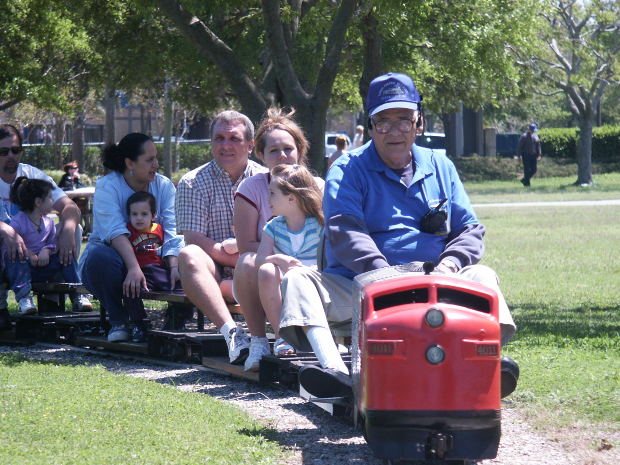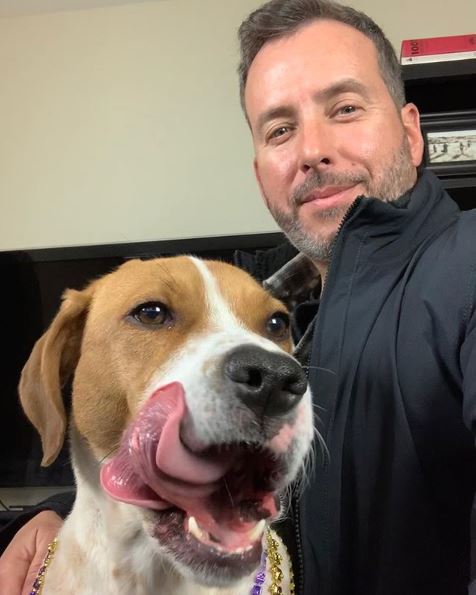 If you are a passive job candidate (someone not currently looking for a job but open to listening), are you likely to submit your resume to a job posting? Probably not. But you might participate in a group of other professionals with your skill set online that happens to be sponsored by a company who might want to hire you. The resume you didn’t submit would reside in a company database. The group is a Talent Community.
If you are a passive job candidate (someone not currently looking for a job but open to listening), are you likely to submit your resume to a job posting? Probably not. But you might participate in a group of other professionals with your skill set online that happens to be sponsored by a company who might want to hire you. The resume you didn’t submit would reside in a company database. The group is a Talent Community.
Stephanie Lloyd started a series this week on her blog, Radiant Veracity, called Building Talent Communities. Part 1 asks, "What is a talent community?". And What is the difference between an applicant database and a talent community? Follow the series and some answers to that question here. I commented and offered some tips to employers and Talent Community Managers. I have reposted them below. Thank you Stephanie for starting this great series.
When building Talent Communities, I suggest a couple of things to consider: a company may want more than one talent community depending on skill sets. If you want to encourage membership and participation, don’t call them talent communities.
You may have one all encompassing group for “those interested in working at XYZ Corp”. But if you want participation from passive candidates (which should be a goal), have another group called “North Texas Project Management Professionals” (or whatever).
The sub group can still be sponsored by your organization and share some of the ways things are done within your organization, with an eye toward driving traffic and membership to the general talent group.
The platform may differ for each company or skill set. Facebook, Linkedin, and Ning will each generate a different type of audience. Get creative and have members of your organization actively participate in each group to get to know the prospects.



Really great advice here, Craig.
You might check out this guide for 10 more best practices to building a TC.
http://www.ascendify.com/10-best-practices-for-building-a-talent-community/